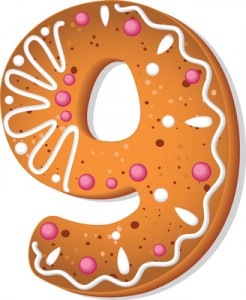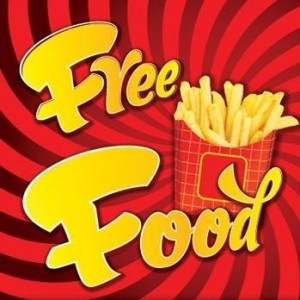 The million dollar question is how can I get through the holidays without piling on weight?
The million dollar question is how can I get through the holidays without piling on weight?
There are many strategies, tips, and techniques and you need to find the ones that work for you, your body, and your lifestyle. You need to create your own foodMAP – your own roadmap to happy, healthy, and delicious eating.
There are certain key things to remember:
- Portion control is key. You can eat anything you want if you keep the portions in control so that you don’t continuously exceed your calorie needs. When you take in more calories than your body needs and uses, you’ll gain weight. Overeating on the day of a holiday happens – you and your body can easily compensate for a day of excess. Many days of excess becomes a problem, often a habit, and leads to weight gain and of the issues associated with being overweight.
- Another important point is to stop worrying so much about every morsel that goes into your mouth and what all that food can do to your body. When you focus (obsess) about something you are focusing on the problem, not the solution. Your brain then starts defaulting to the “problem.” You make yourself miserable and create a very stressful existence for yourself.
- Give yourself permission to eat the holiday treats that you really want. If you don’t you’ll feel miserable and deprived and find yourself gorging in front of an open fridge or freezer door at midnight. Just ask yourself what you really want – not what you should eat because it’s the holiday or Mom’s specialty – but what you really, really want – not everything that crosses your path that looks delicious (and so many things do).
- Feed yourself well. If you skip meals to try to save up calories you’ll just end up (over)eating everything in sight because you’re starving, your blood sugar is in the basement, and your body is screaming “feed me.” When that happens, you head straight for the carbs right off the bat – and it’s almost always all downhill from there. Not a great tactic for your body or your mind – or your general mood.
- Stay active. Move around. Activity burns some calories, keeps your metabolism a bit revved, and is a great stress reliever – and we all know the holidays can heap on their fair share of stress.
- Relax and enjoy the holiday – the dictionary says a holiday is supposed to be a day of festivity and recreation. All too often we forget that.




